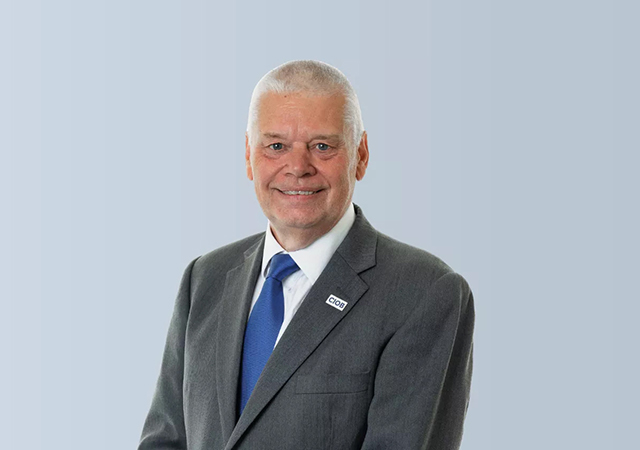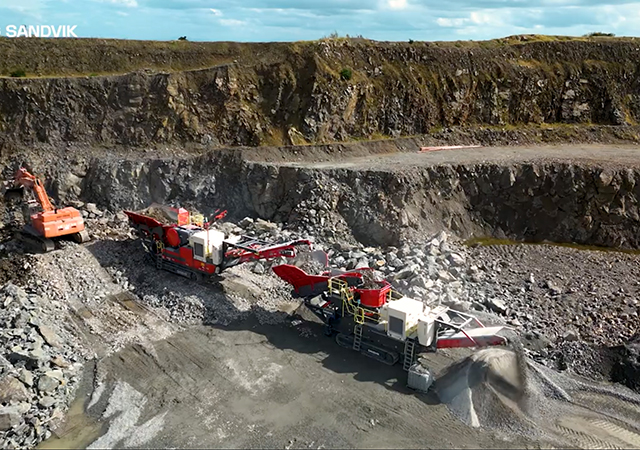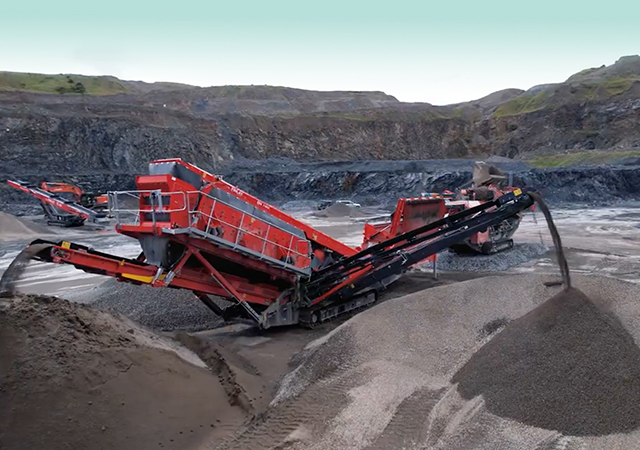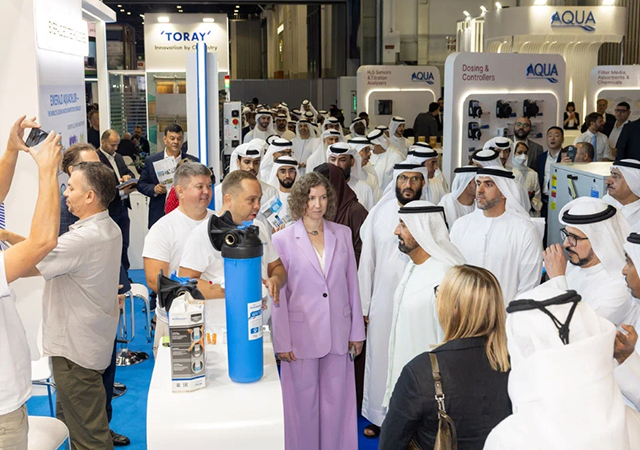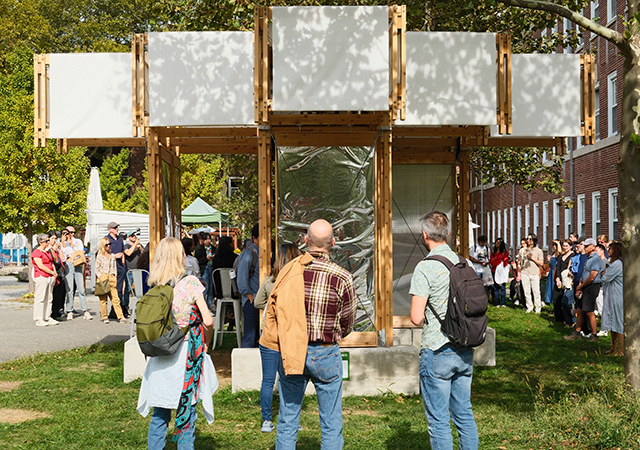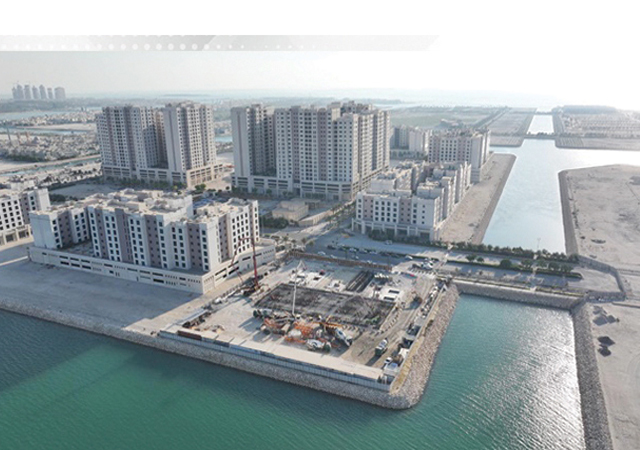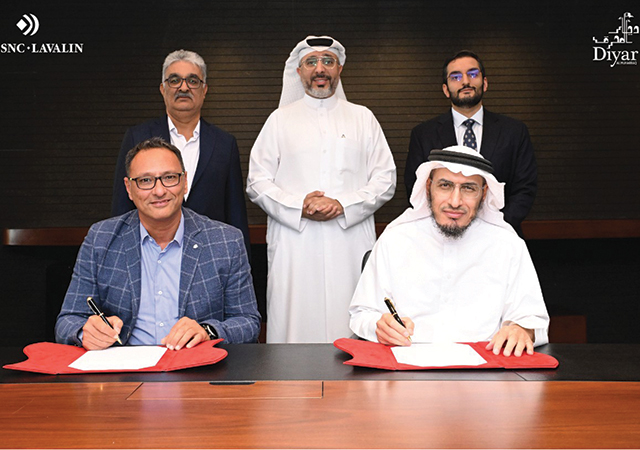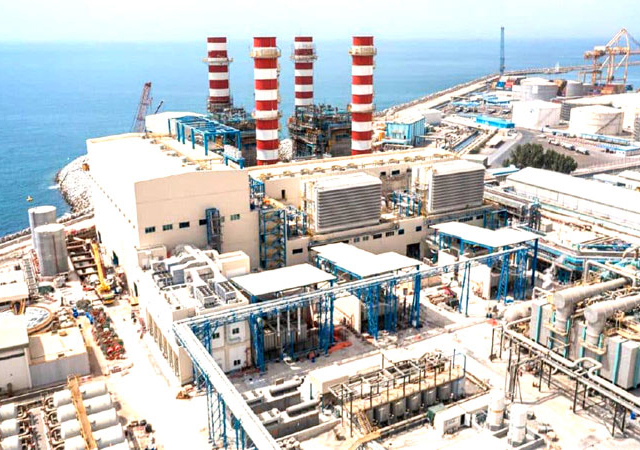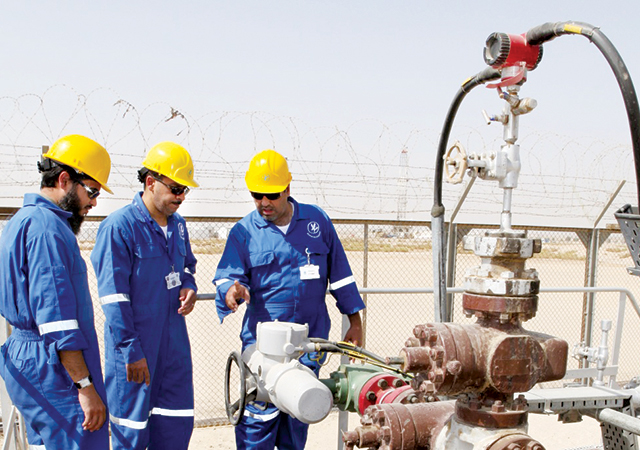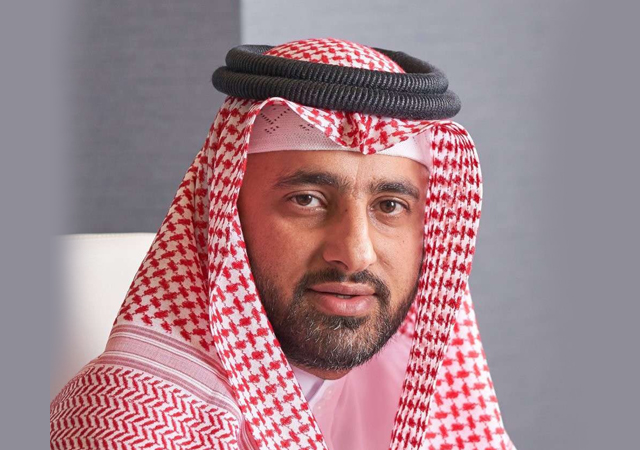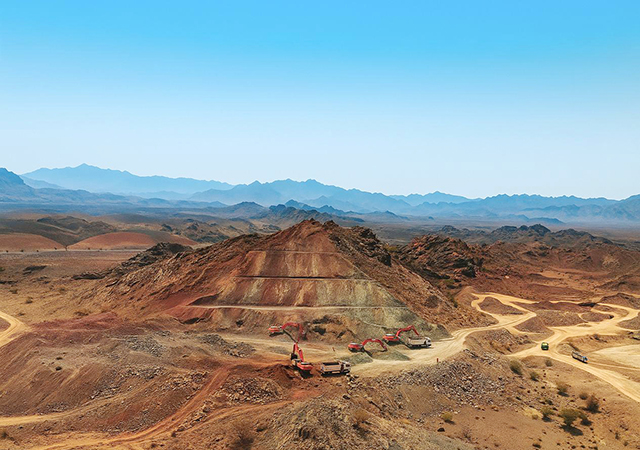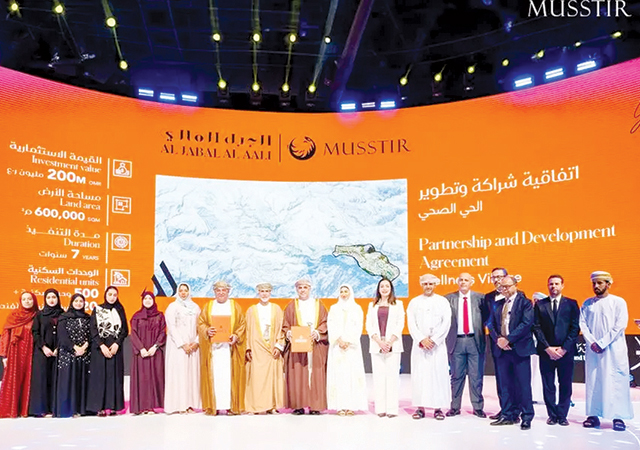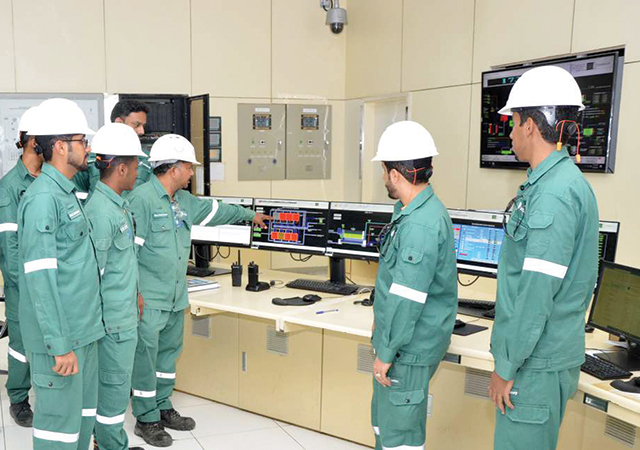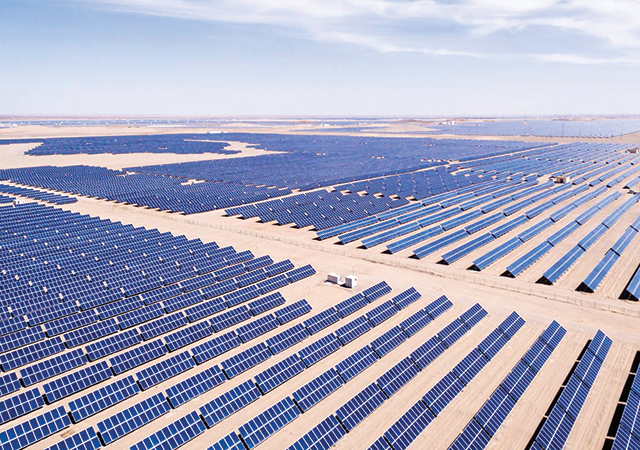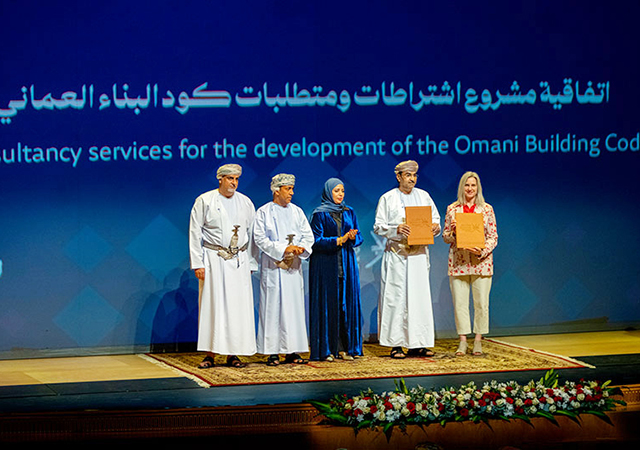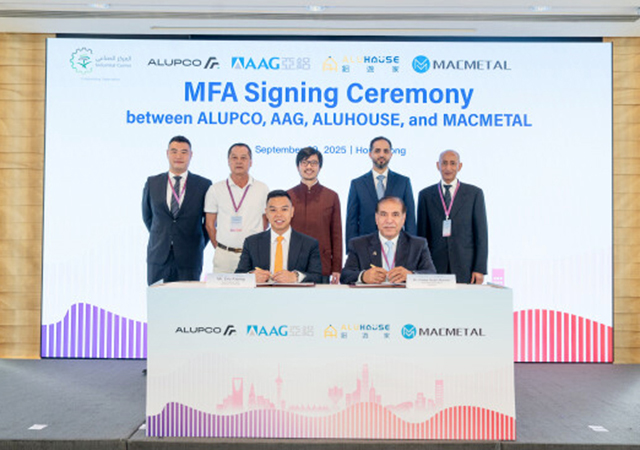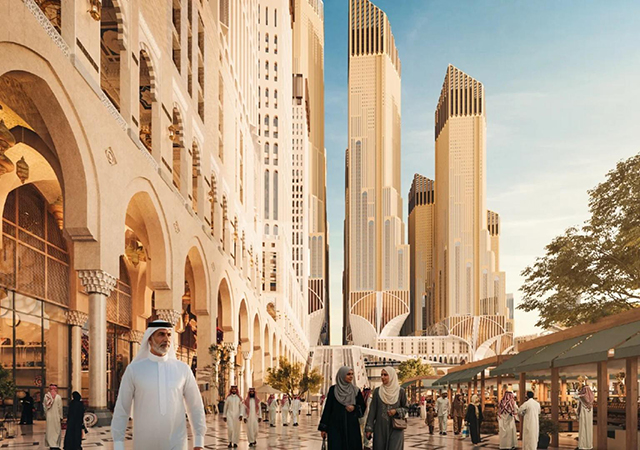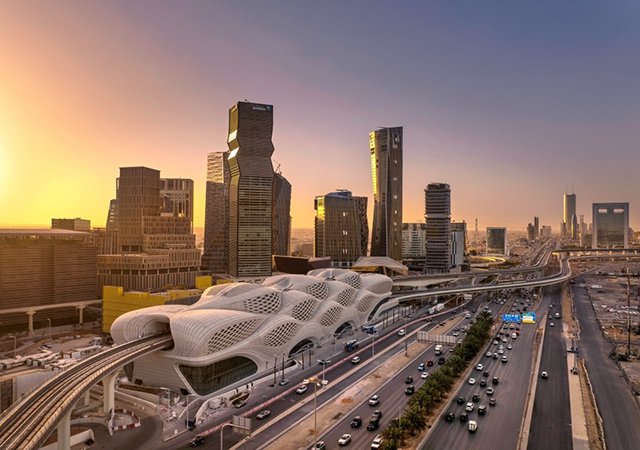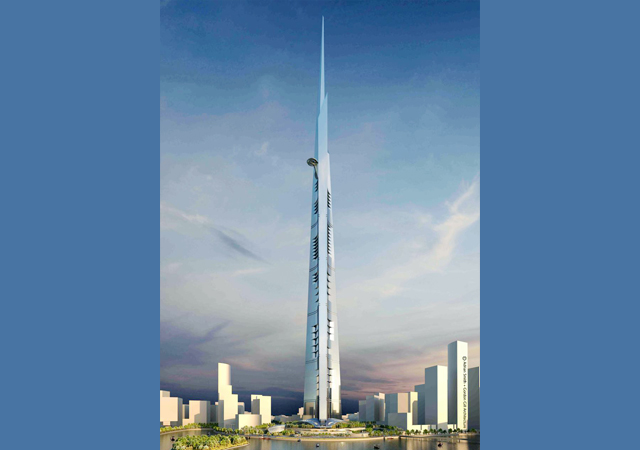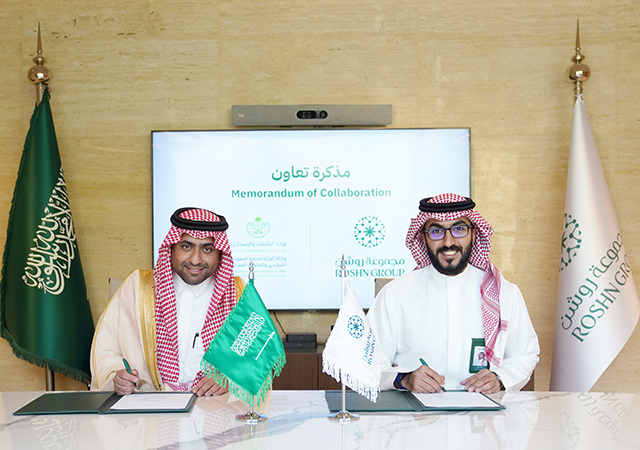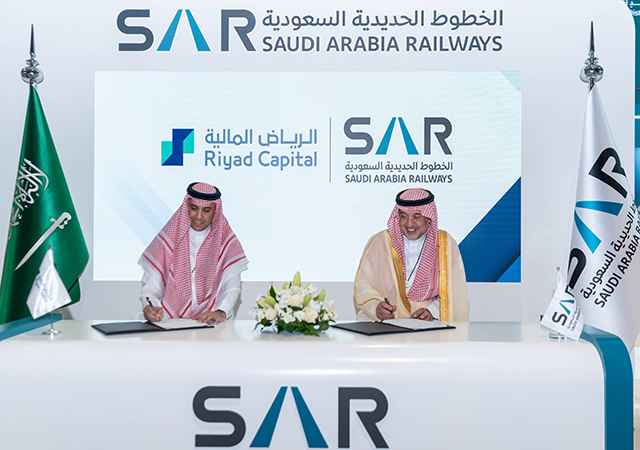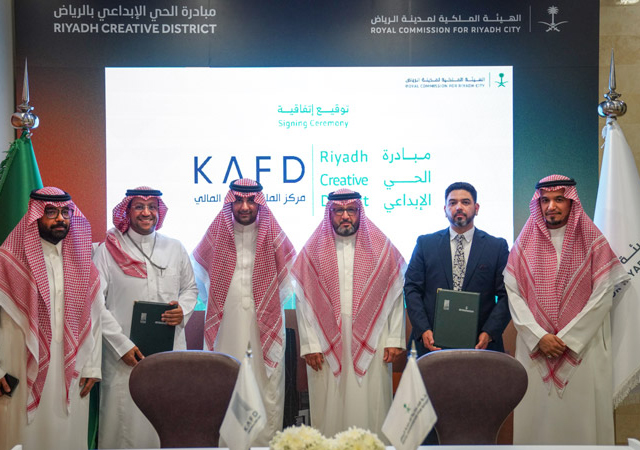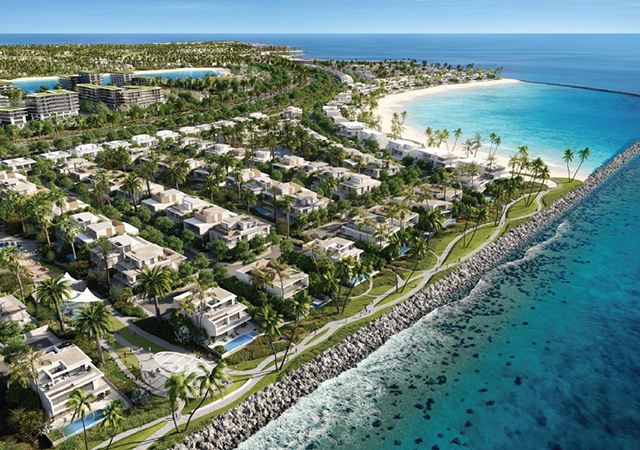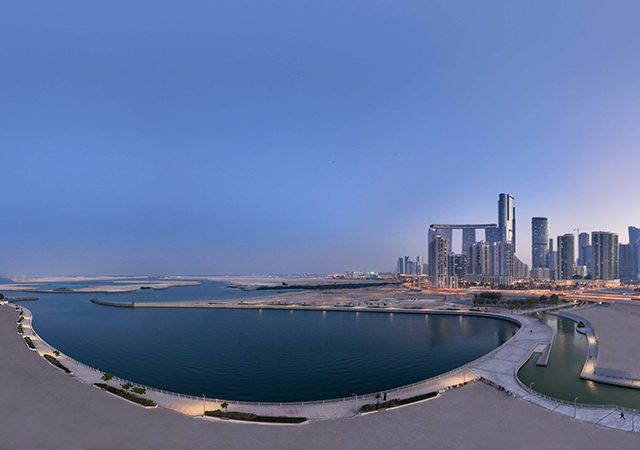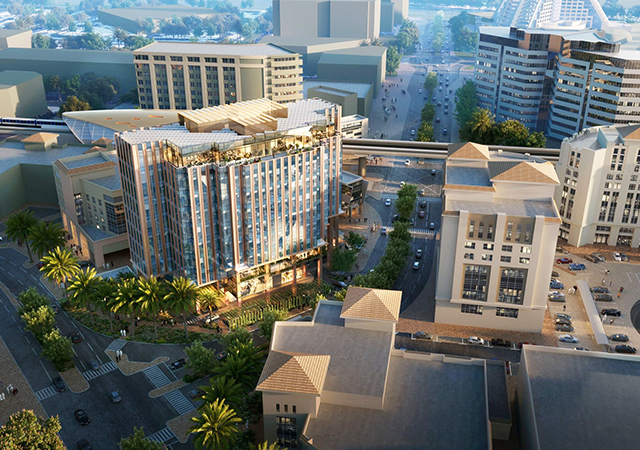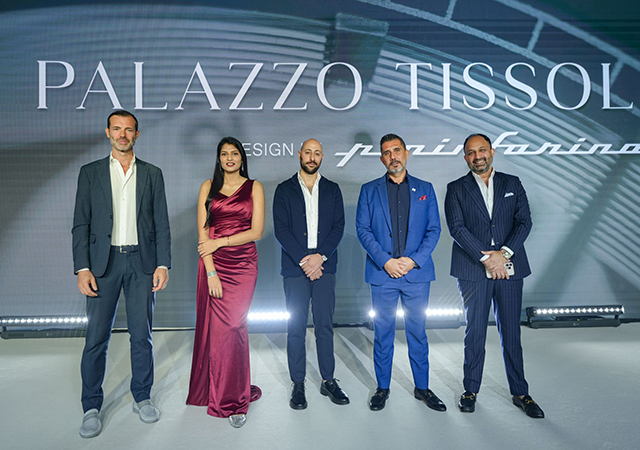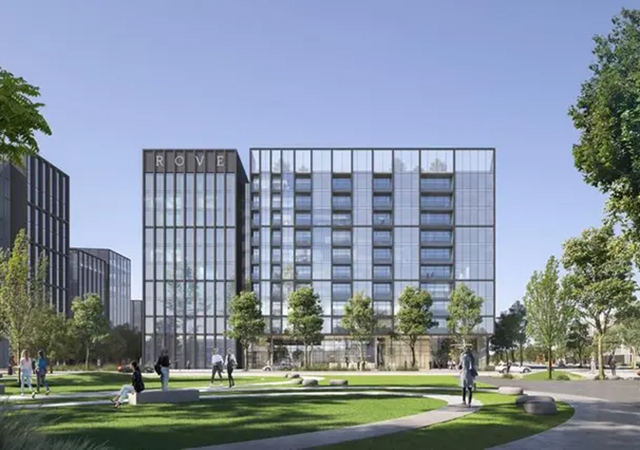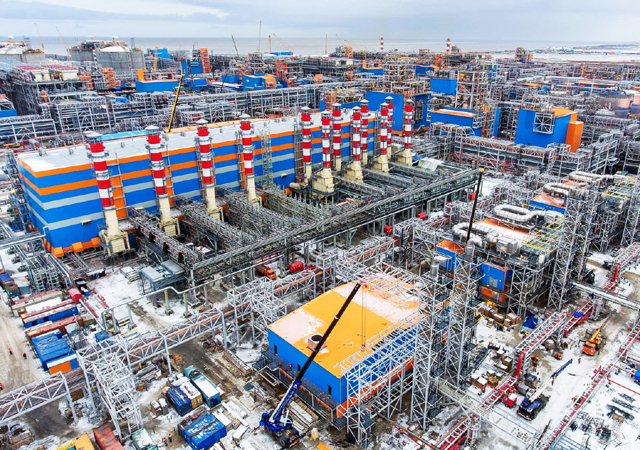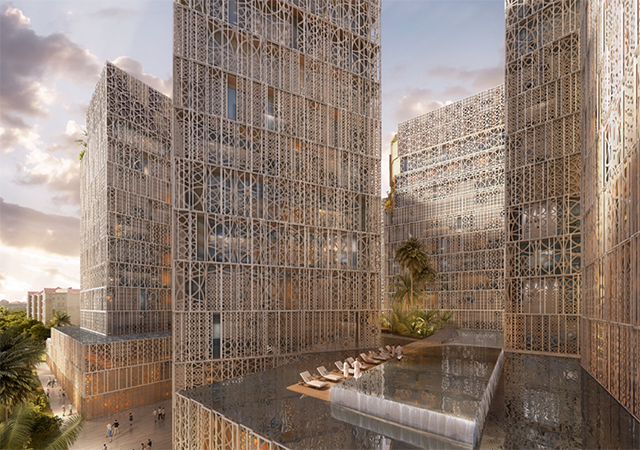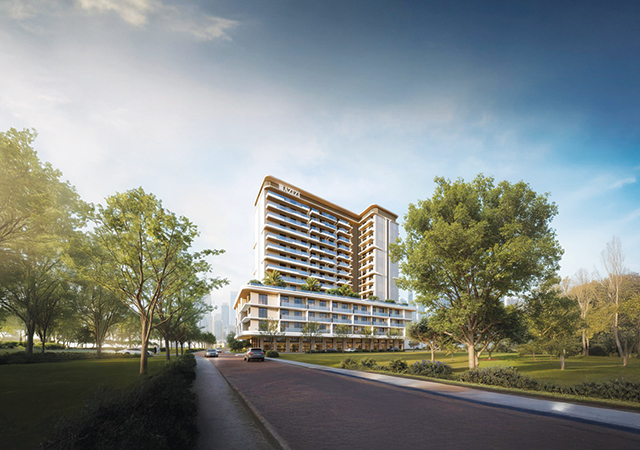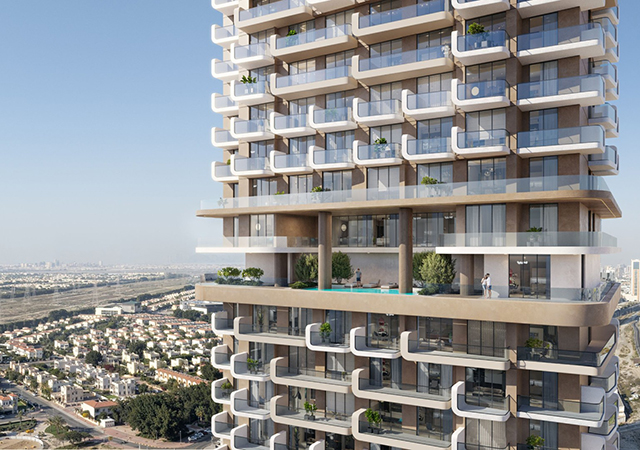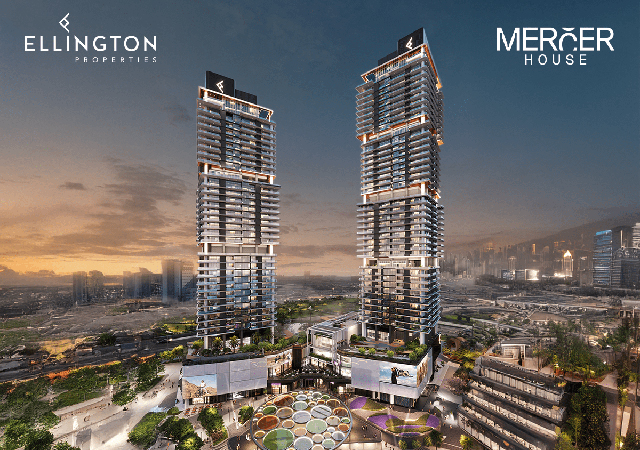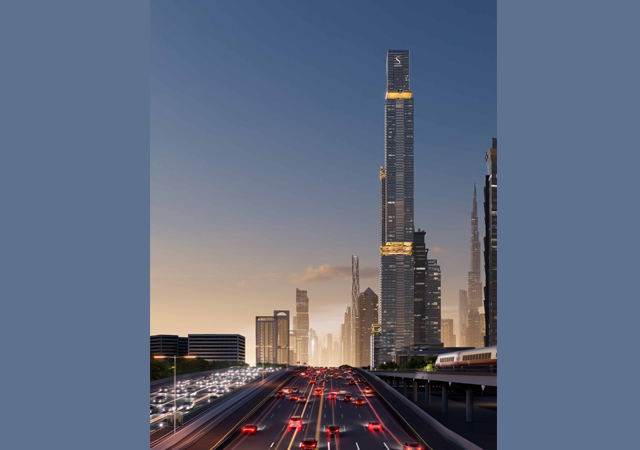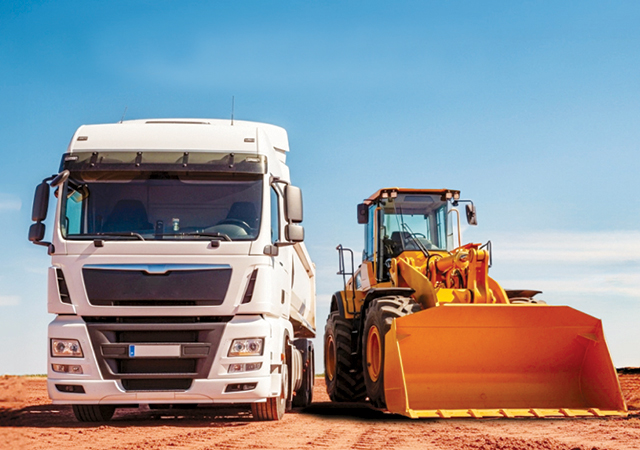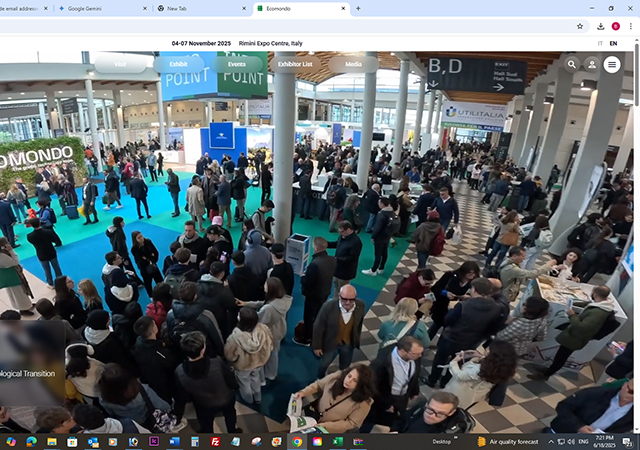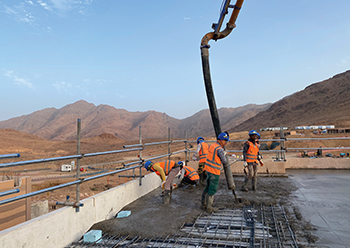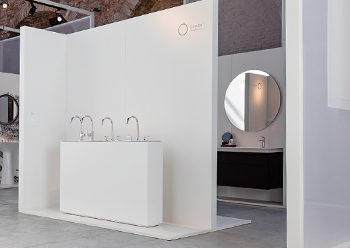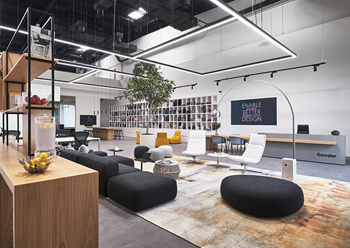
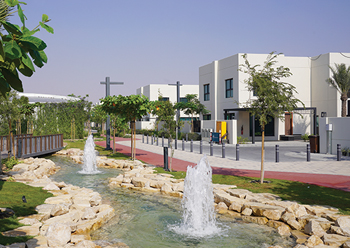 Sharjah Sustainable City … sales of Phase Four were launched recently.
Sharjah Sustainable City … sales of Phase Four were launched recently.
Site enabling work is currently under way on The Sustainable City – Yas Island in Abu Dhabi while work on Phase Three of The Sharjah Sustainable City is in the final stages.
The development of these two “green cities” in the UAE is modelled on the learning experiences gained in the construction and operation of the first city under the successful Sustainable City brand. The Sustainable City Dubai, which has been fully operational for almost eight years, is now a model for similar projects not just in the UAE but also on the drawing boards for the wider region.
The mastermind behind The Sustainable City brand is Diamond Developers, which is designing each masterplan with a comprehensive blend of social, environmental, and economic sustainability solutions. A subsidiary of the privately-held Dubai-based company SEE Holding, Diamond Developers’ primary goal is to foster “live, work, thrive” communities that enhance the quality of life while simultaneously reducing carbon footprints.
As a human-centric global conglomerate which has a portfolio of more than 20 companies, SEE Holding is spearheading a net zero emissions future through developing sustainable infrastructures and cities. SEE Holding’s sustainable engineering division SEE Engineering has assumed the role of green development and construction of these sustainable cities, meticulously ensuring the reduction of carbon emissions throughout the construction process.
 |
|
The Sustainable City Dubai ... fully operational for eight years. |
The Sustainable City – Yas Island spans 40 hectares and will comprise 3,500 residential units, including 864 three- to four-bedroom townhouses and condos. Involving an investment of AED1.8 billion ($490 million), the project is a partnership between Aldar and Diamond Developers.
“Mobilisation for the Abu Dhabi project is nearing completion, with site enabling work currently under way. We anticipate beginning structural work next month (June),” Amjad Hariz, the CEO of SEE Engineering, tells Gulf Construction.
Spread over 7.2 million sq ft, Sharjah Sustainable City was initiated by a partnership of Diamond Developers and Sharjah Investment and Development Authority (Shurooq) and is being built over four phases.
“The first phase of Sharjah Sustainable City has been successfully handed over, with Phase Two currently in the delivery stage. Phase Three is in the finishing stage and we anticipate handover in the first quarter of next year. Moreover, we expect to commence work on Phase Four within the next couple of months,” Hariz reveals.
SEE Engineering has employed the most effective solutions to reduce carbon emissions and minimise construction waste throughout the development process of these cities. In an exclusive interview with Gulf Construction, Hariz sheds light on some of these sustainable strategies:
How has the city been designed to prevent heat island effect, ensure good ventilation? How are the facades designed to reflect heat and prevent solar glare?
To combat the heat island effect, we employ light-coloured permeable materials in the hardscape and road surfaces, which effectively reflect sunlight and reduce heat absorption, unlike traditional tarmac or asphalt roads. This tactic significantly reduces surface temperatures, thereby diminishing the overall heat island effect.
 |
|
Sharjah Sustainable City ... strategic placement of trees creates a cooler and more pleasant environment and a pedestrian-friendly neighbourhood. |
Moreover, strategic placement of trees provides ample shading, creating not only a cooler and more pleasant environment but also a pedestrian-friendly neighbourhood. The shade from trees contributes to the reduction of ambient temperatures and the creation of comfortable outdoor spaces.
Buildings in our Sustainable Cities feature well-designed envelopes to ensure energy-efficient performance. This design involves the use of double-glazed windows that reduce solar gain while allowing ample daylight. Similarly, the use of thermal-break aluminium frames enhances the insulation properties, minimising the conduction of external temperatures into the buildings.
Precast sandwich panels have also been incorporated into the facades, contributing to the overall thermal performance of the building envelope by reducing heat gain. This feature further helps to minimise solar glare, making the city more comfortable and visually pleasing.
With these design considerations, The Sustainable City aims to provide a sustainable, accessible, and pedestrian-friendly environment that meets the demands of modern urban living while mitigating environmental impact.
What are the green standards that these cities conform to?
The city's construction adheres to the Dubai Green Building Regulation standards, Estidama Pearl Rating System and many other local and global green building standards which dictate the sustainable use of resources like concrete, steel, and paints. Importantly, our cities not only meet these standards but surpasses them, demonstrating our commitment to sustainability and efficient resource use in all aspects of construction. These high standards ensure the use of environment-friendly building materials and practices.
What MEP systems are being installed to ensure energy efficiency, reuse of grey water, minimise water consumption etc?
In terms of cooling, we use variable refrigerant flow (VRF) and central cooling systems, which offer superior efficiency compared to traditional air-conditioning units. We also use waste-to-energy systems as such as biogas to generate energy and cooling from waste.
For water consumption, we employ low flow fixtures in our buildings and a smart irrigation system throughout the cities. All water used is then recycled and returned as treated sewage effluent (TSE), which is utilised for irrigation purposes, contributing to an efficient circular water system.
Lighting throughout the cities is exclusively LED-based, and all pumps and motors operate on variable frequency, both of which significantly reduce energy consumption.
Solar thermal water heaters to provide domestic hot water for residences. This system harnesses solar energy, a renewable resource, to meet hot water needs, further emphasizing our commitment to sustainability and energy efficiency.
Additionally, we install smart systems such as Internet of Things (IoT), building management system (BMS) and home automation which enhance energy efficiency, provide systems control and management and ensure user comfort.
What are the systems in place to minimise construction waste?
To minimise construction waste, The Sustainable City employs the use of precast and prefabricated materials and modular systems. These components are manufactured and assembled off-site, in controlled warehouse and factory settings. This approach drastically reduces the amount of waste generated on the construction site as it eliminates the typical on-site cut-offs and adjustments, leading to a more efficient and environmentally friendly construction process.
How is the material procured bearing in mind the carbon footprint in terms of logistics and transportation to the city?
The material procurement process takes into account the carbon footprint associated with each product or material. This is accomplished through life-cycle assessments for every item. These assessments consider the environmental impact from production through disposal.
Moreover, we prioritise materials sourced locally to significantly reduce the carbon emissions associated with transportation and logistics. This approach underlines our commitment to minimising the city's overall carbon footprint.
What are the recycled materials being used? What standards are being set to ensure they are of high quality and durable?
We place a strong emphasis on using recycled materials in order to minimise waste and promote sustainability. Specifically, we've utilised reclaimed wood from the construction phase to create playgrounds and urban furniture.
This approach not only gives a second life to materials that would otherwise be discarded, but also adds unique character and environmental consciousness to our city spaces.






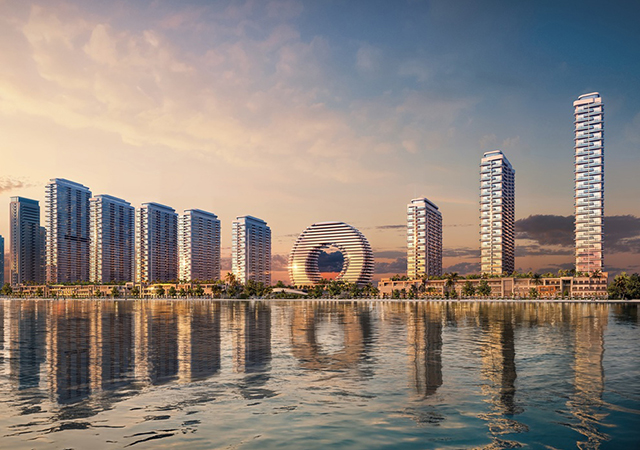

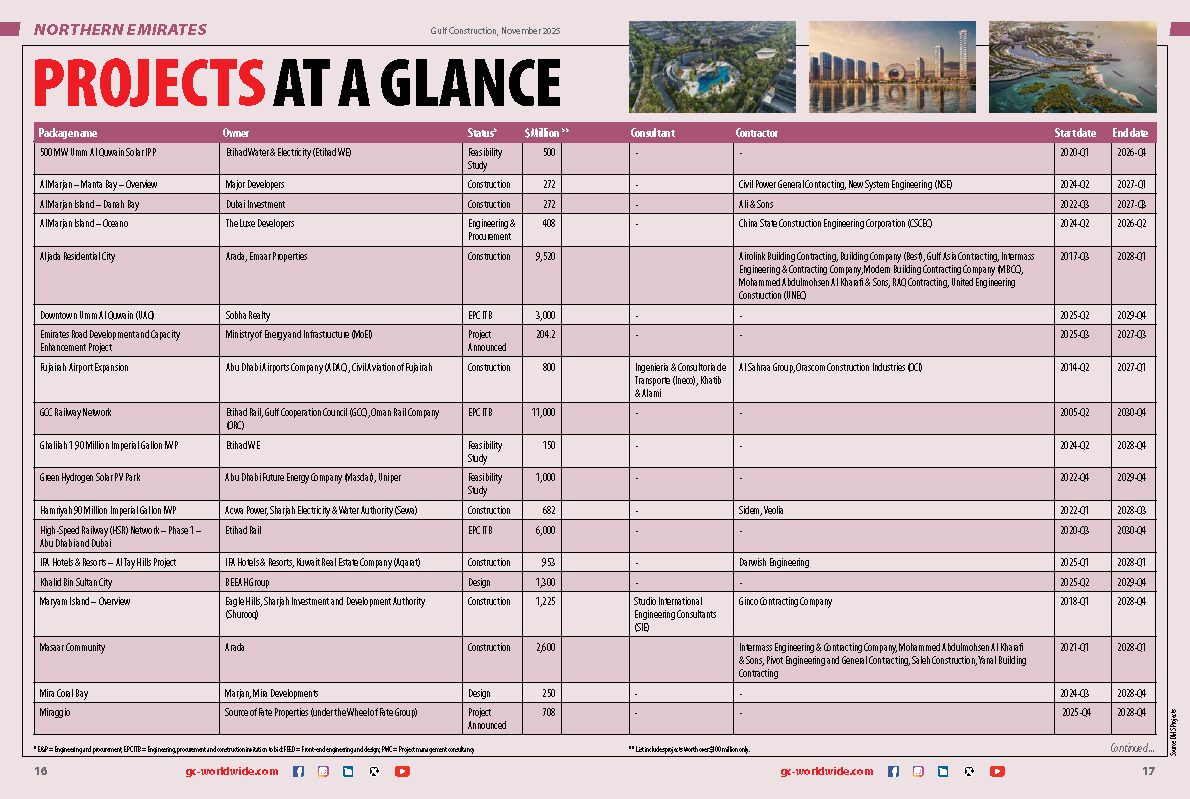
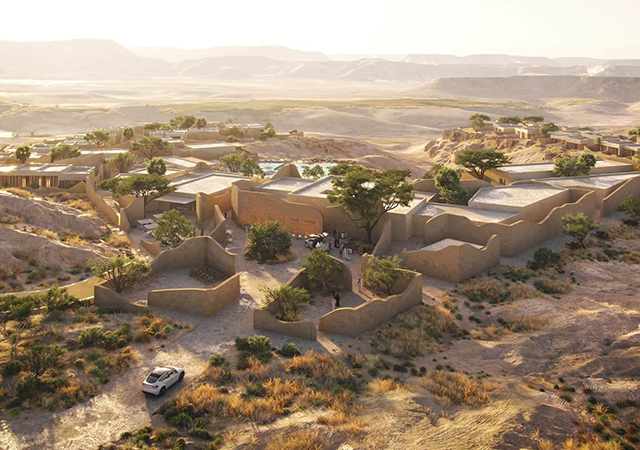
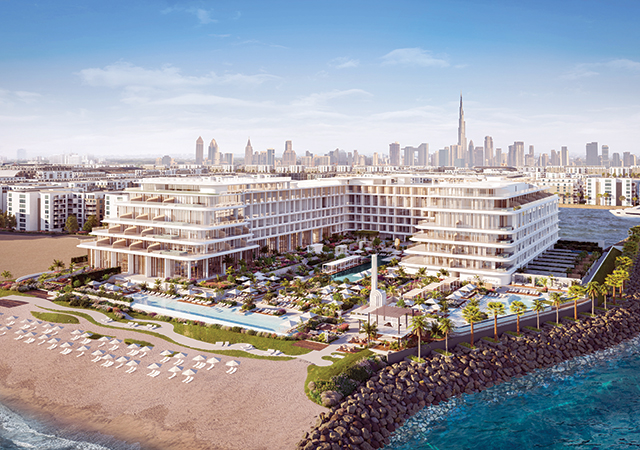


(5).jpg)

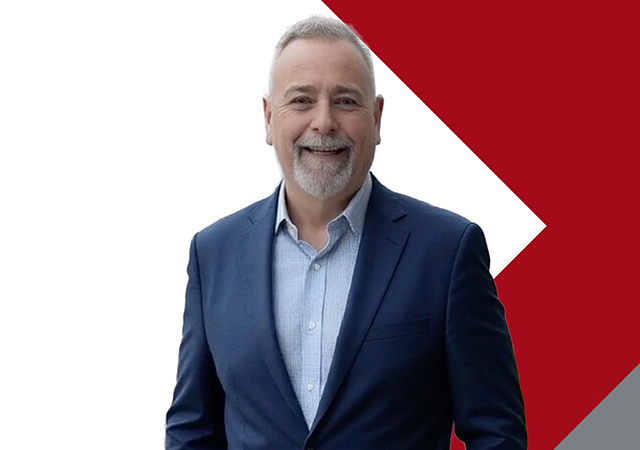

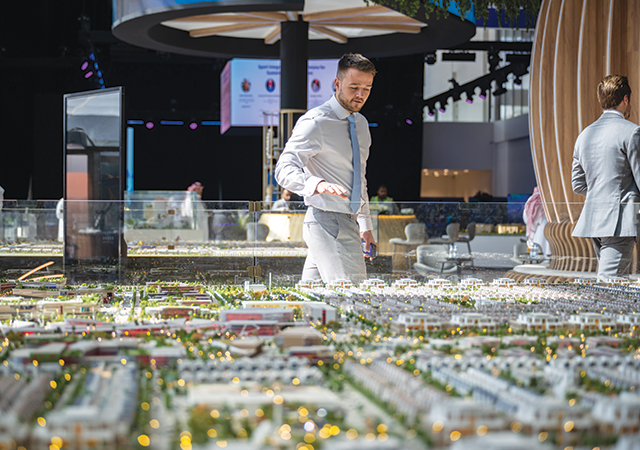
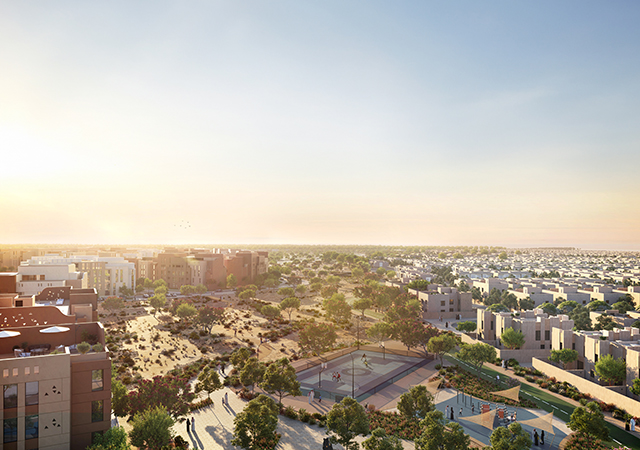
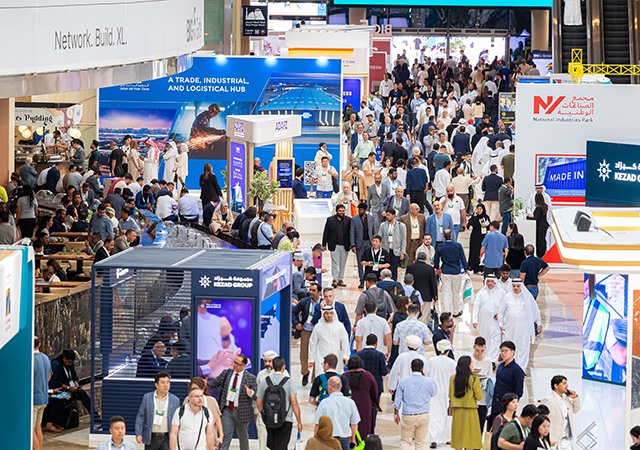
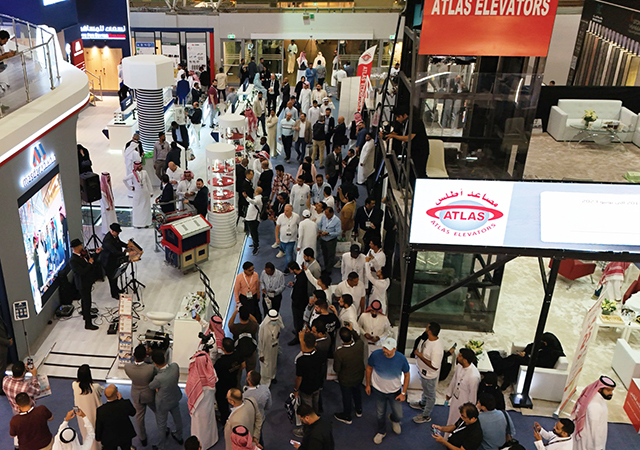
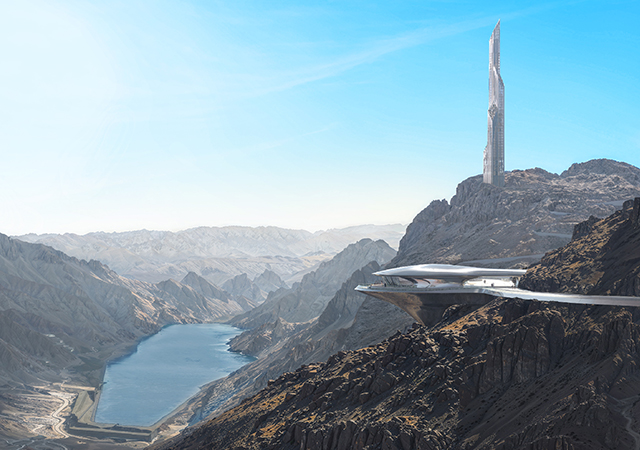
.jpg)
